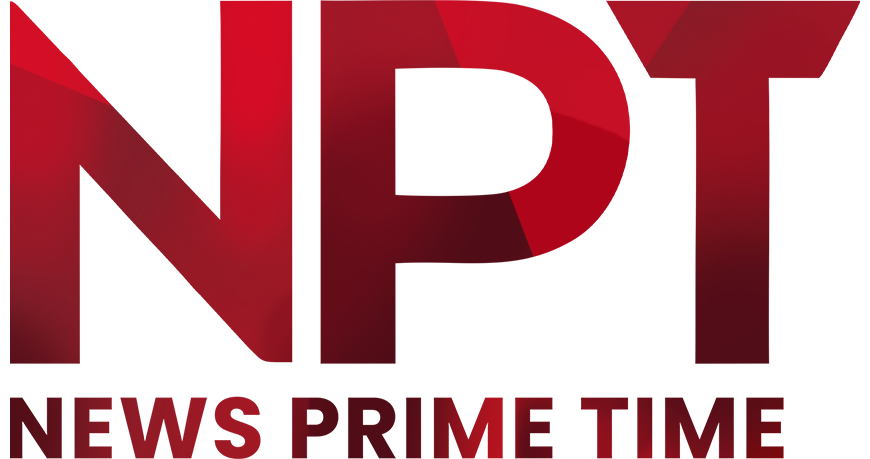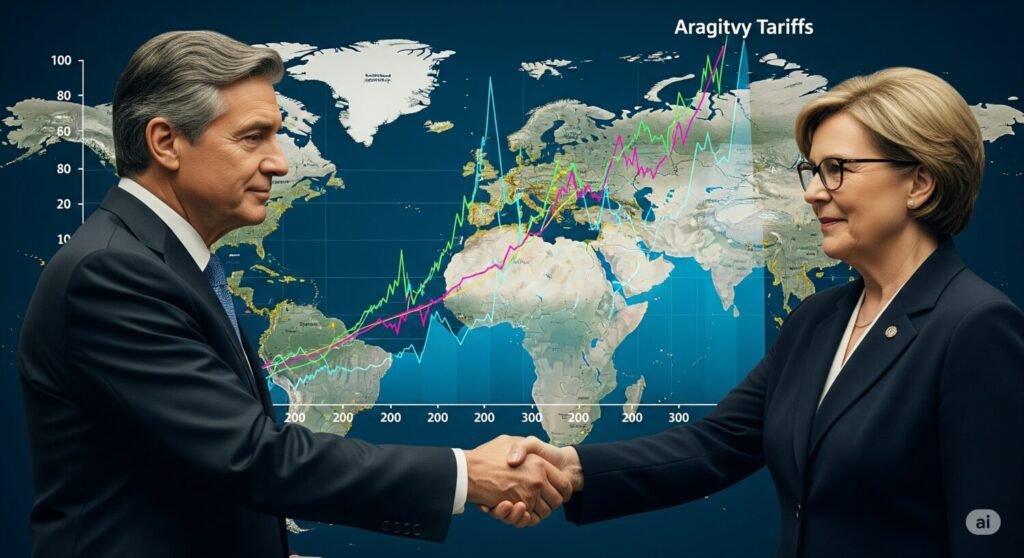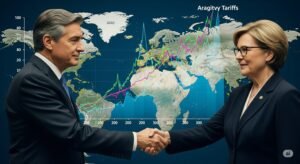A Bold Stance on Trade Relations
The global trade landscape is once again shifting as President Donald Trump sets a new precedent with aggressive tariffs. Effective August 1st, Canada faces a significant 35% tariff on numerous imported goods. Furthermore, Trump is eyeing similar rates, between 15% to 20%, for other nations. This move signals a deepening tension, particularly with Canada, America’s second-largest trading partner, and underscores a broader strategy of using tariffs as a key negotiating tool.
The Core Reasons Behind the Tariffs
Why such a drastic increase, especially against a long-standing ally like Canada? The primary stated reason for the tariffs on Canada is an alleged effort to curb fentanyl smuggling. While the actual volume of this drug from Canada is modest, this concern is a recurring theme in Trump’s trade rhetoric. Additionally, a persistent trade deficit with Canada, largely attributed to oil purchases by the U.S., has fueled his frustration. As Trump articulated, “the flow of Fentanyl is hardly the only challenge we have with Canada, which has many Tariff, and Non-Tariff, Policies and Trade Barriers.” This statement clearly indicates a multifaceted rationale behind the new impositions.
Canada’s Response and the Global Ripple Effect
Canadian Prime Minister Mark Carney has vocally opposed these measures, distancing Canada from its traditionally intertwined economic relationship with the U.S. Carney is actively seeking to strengthen ties with the European Union and the United Kingdom, asserting that “In the face of global trade challenges, the world is turning to reliable economic partners like Canada.” This strategic pivot highlights Canada’s perception of the U.S. as an unreliable trade partner under Trump’s unpredictable tariff regime. Mexico, despite facing similar 25% tariffs due to fentanyl concerns, has not experienced the same level of public pressure from Trump. Therefore, Canada’s specific treatment suggests a more targeted friction.
A Timeline of Escalating Trade Tensions
This latest tariff announcement is not an isolated incident; rather, it’s a continuation of Trump’s expansive trade war. His presidency has been marked by a series of long-threatened and implemented tariffs that have plunged various countries into economic uncertainty. Some notable instances include:
- February 2025: Initial 25% tariffs on Mexico and Canada, and 10% on China.
- March 2025: Increased tariffs on steel and aluminum imports, with exemptions removed.
- April 2025: Sweeping tariffs imposed on global trading partners, including 34% on China, 24% on Japan, and 20% on the EU.
- May 2025: Threats of 100% tariffs on foreign-made films and a recommendation for 50% tariffs on EU goods.
- June 2025: Hike in tariffs on imported steel and aluminum to 50% from 25%.
This consistent pattern demonstrates Trump’s commitment to renegotiating global trade terms, often through aggressive tariff implementation. However, market selloffs and international pressure have sometimes led to temporary pauses or renegotiations, illustrating the dynamic and often unpredictable nature of these trade policies. For instance, after market turmoil, a 90-day negotiating period with a 10% baseline tariff was introduced for most imported goods, though these rates are now being reset.
Looking Ahead: The Future of Global Trade
The imposition of these new tariffs creates a tense period for the global economy. While some investors believe Trump may eventually back down, the current trajectory suggests a continued push for what he terms “reciprocal” tariffs. Deals have been announced with the U.K., Vietnam, and China (after significant hikes and subsequent reductions in import taxes). Ultimately, the ongoing trade disputes emphasize the significant challenges faced by nations as they navigate new trade policies and attempt to secure their economic interests in a rapidly evolving global market.












